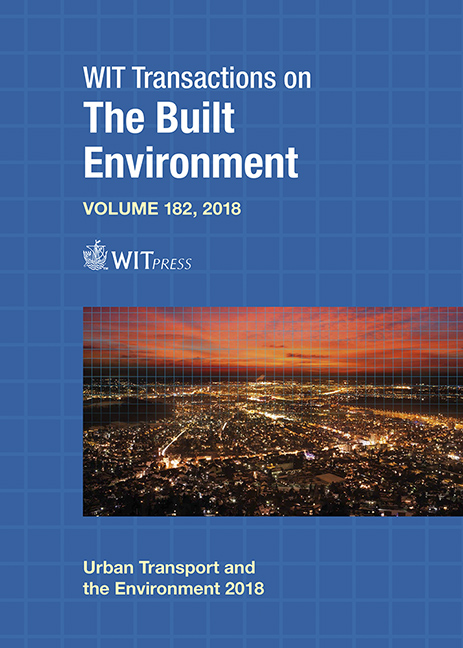SUSTAINABLE TRANSPORT NETWORK FOR THE URBAN REHABILITATION OF AN OLD TOWN IN SOUTHERN ITALY
Price
Free (open access)
Transaction
Volume
182
Pages
11
Page Range
229 - 239
Published
2019
Paper DOI
10.2495/UT180221
Copyright
WIT Press
Author(s)
GIULIA FORESTIERI, GIUSEPPE GALIANO
Abstract
Scalea, a town in the south of Italy, almost completely abandoned and affected by a lack of public transport connections between the historical part (10–11th century) and the new one (20th century), is chosen as case study. Thanks to a detailed comparative analysis of the historical centers of southern Italy, it emerged that Scalea encloses the typical architectural and logistical-infrastructural features of the entire Region. Scalea is characterized by two types of mobility: the “internal” one consisting in stairway paths, in larger part, and few squares; the second one, defined as “external”, because connecting the old center to the rest of the urban territory, is almost affected by the absence of public transport services. The aim of this research is to furnish a sustainable design proposal to enhance and revitalize the old part of the city improving its external mobility reusing the disused and existing railway integrated with greener paths. In order to facilitate a quick and easy access to the historical center, a cycling and walking path network is suggested. The old town, the railway station, the seafront, the existing cycling path as well as the commercial part of the town, are the main important nodes of the suggested design network proposal. Three different cycling and walking path layers are considered: the first one consisting in the reuse of the old and abandoned railway as well as the galleries; the second layer connecting the main squares of the old town to the existing cycling path and the commercial area of the new part; the last one from the western part of the old town to the seafront. The combination of changes, described above, would provide the revitalization of the historical city center for future generations through a new accessibility design that would help them to enjoy both architectural heritage value and urban sustainable mobility.
Keywords
urban rehabilitation, sustainability, historical centers





